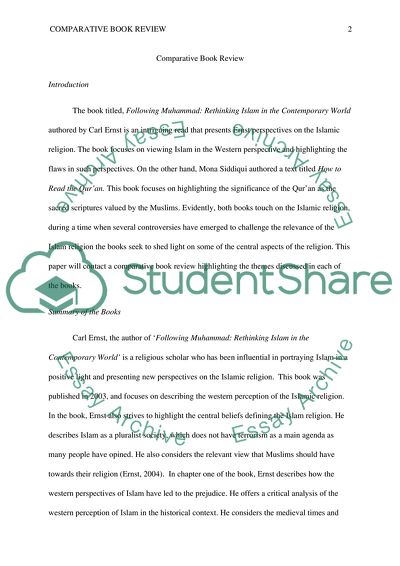Cite this document
(“Comparative Book Review: (Carl Ernsts and Mona Siddiquis book) Essay”, n.d.)
Comparative Book Review: (Carl Ernsts and Mona Siddiquis book) Essay. Retrieved from https://studentshare.org/religion-and-theology/1657714-comparative-book-review-carl-ernsts-and-mona-siddiquis-book
Comparative Book Review: (Carl Ernsts and Mona Siddiquis book) Essay. Retrieved from https://studentshare.org/religion-and-theology/1657714-comparative-book-review-carl-ernsts-and-mona-siddiquis-book
(Comparative Book Review: (Carl Ernsts and Mona Siddiquis Book) Essay)
Comparative Book Review: (Carl Ernsts and Mona Siddiquis Book) Essay. https://studentshare.org/religion-and-theology/1657714-comparative-book-review-carl-ernsts-and-mona-siddiquis-book.
Comparative Book Review: (Carl Ernsts and Mona Siddiquis Book) Essay. https://studentshare.org/religion-and-theology/1657714-comparative-book-review-carl-ernsts-and-mona-siddiquis-book.
“Comparative Book Review: (Carl Ernsts and Mona Siddiquis Book) Essay”, n.d. https://studentshare.org/religion-and-theology/1657714-comparative-book-review-carl-ernsts-and-mona-siddiquis-book.


